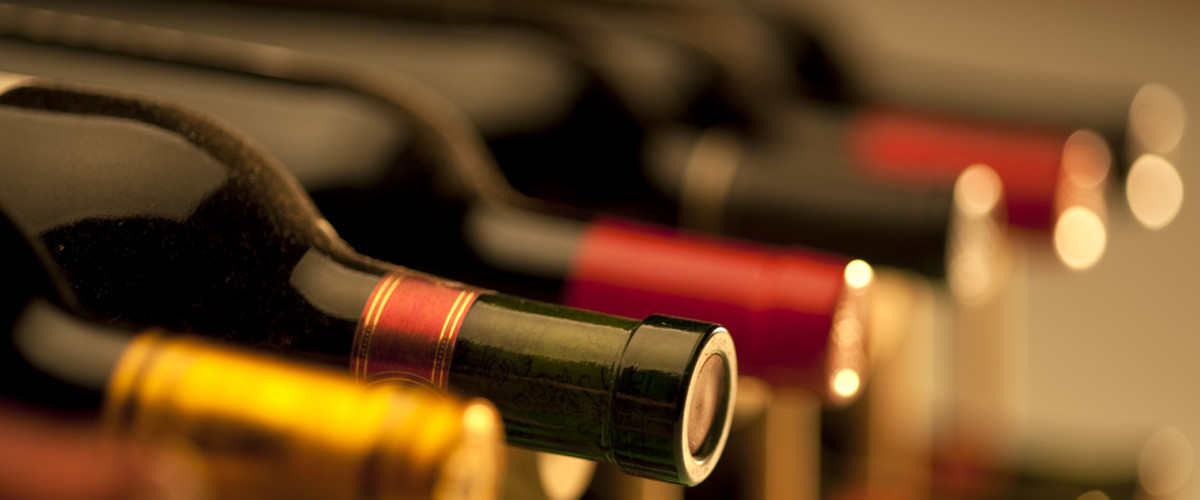The Age of Wine

Ask even the most novice wine drinker and they will most likely tell you that red wine gets better with age and white wine is meant to drink young. Growing up in wine country, I too believed this statement even before I started drinking wine. It is one of the most basic rules of wine knowledge. The aged red wine symbolizes high society and a glimpse of the finer things in life. I lead a wine tasting every Friday night where one of the regulars, an older man, who seems to be very interested in the gratuitous nature of the wine tasting, likes to point out week after week how young the wines are that I pour for the tasting. The fact is that 99% of wine made today is made to consume young. Consuming within the first five years of harvest is what most people mean by young. If this is the case then why do so many people believe that red wine gets better with age?
It was true that for many a century most wine was aged before consumption (this includes many white wines as well). Many people made their own wines and had the opportunity and the barrels to age the wines themselves. Years before people started studying wine in a lab, wine was made based on traditions handed down from generation to generation rather than relying on technology like they do today. This method of winemaking produced a rustic wine that needed the benefits of age to mellow out the bitter qualities. Today the foremost reason why most wine is not aged is because of the cost. It is expensive to age a wine. The wooden barrels are pricy and it is costly to hold back your product from going to market. A winery will turn a profit much faster if the wine is on the shelf ready to sell.
Winemaking trends have certainly changed throughout the years. The wines of yesterday were rustic, hearty, and spicy with earthy notes being valued. This is in contrast to modern tastes leaning toward a much fruiter and smoother mouthfeel, essentially sweeter wines. Generally the wines being aged today, the 1%, tend to be of a higher quality and higher price. When a talented winemaker takes the time to gently coax forth all that a grape can offer— a delightful, exciting and mind-changing experience can be related to the drinker. The true essence of sun, soil, water, air, and fruit. The true nature of that environment is preserved and expressed through that wine, a time capsule.
What wines should we age and how long should we age them? This is the question wine lovers have been asking and experimenting to find out for centuries. There is no definite answer and many factors go into finding out. Generally wines of higher quality, of certain grape varietals and a good aging environment are the key players to aging a wine successfully. On my next post I will go in depth with what actually happens to a wine when it ages and what wines to look for if you want to age wines. Stay tuned.
As a wine ages some interesting things take place. When a wine is young; it is bold, powerful, in your face, fruity, hearty, strong and astringent. All are descriptors of a person in their physical prime. As the wine ages, it loses its showy fruit but also loses its rough edges. The experience of its life comes forward in subtle spice notes and layers, losing its punch in the face sweetness, yet evolving into a liquid that has integrated soul. You start to taste the earth, the sun, the season, the history of what was happening during the years of the harvest. The chapters start to present its true self. The delicate nature comes forward enticing you with its story. The 1945 vintage is considered the vintage of the century. Perfect season, the vintage the war ended, years of letting nature take its course without human interaction. For those fortunate enough to have tasted wines of the vintage say that the wines still have a youthfulness to them. Metaphor for humans, white wines and age.
